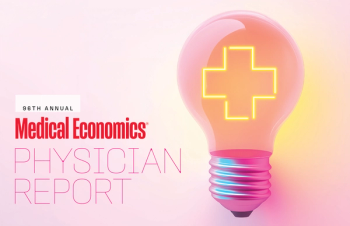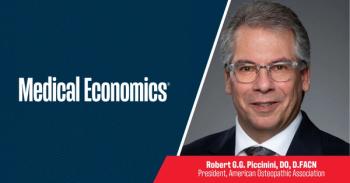
Four strategies to reduce patient balances
Four simple steps can increase collection of patient balances while also preserving the practice-patient relationship.
As health plan deductibles and monthly premiums continue to rise, the increasing financial obligations patients have is something all medical practices need to be aware of. While not all patients will be able to make their full payment upfront every time, practices simply can’t afford to forego attempts to collect patient payments. It’s estimated by
How can your practice strike that delicate balance of collecting payment in a way that preserves the practice-patient relationship? Here are four simple steps to impact this delicate— but critical—part of your practice’s financial health.
Newsletter
Stay informed and empowered with Medical Economics enewsletter, delivering expert insights, financial strategies, practice management tips and technology trends — tailored for today’s physicians.




